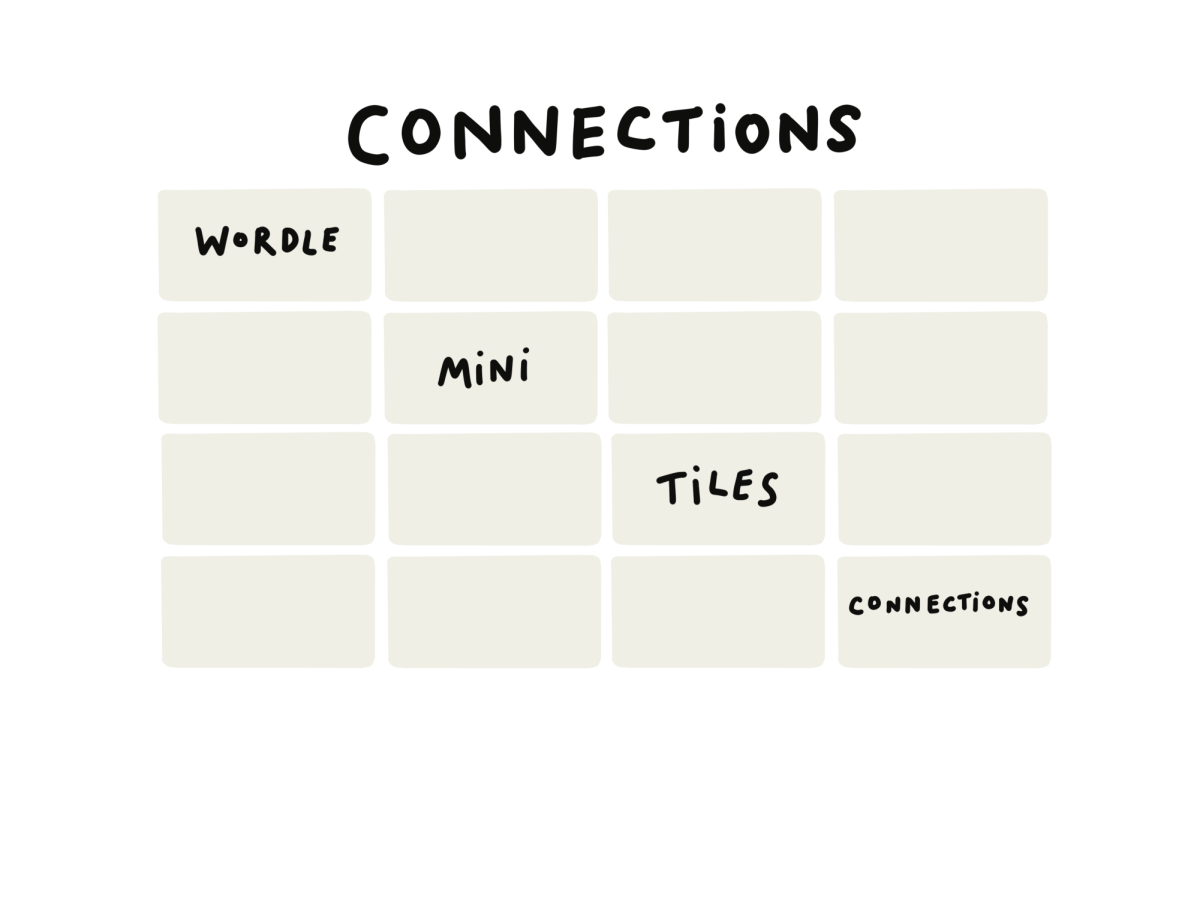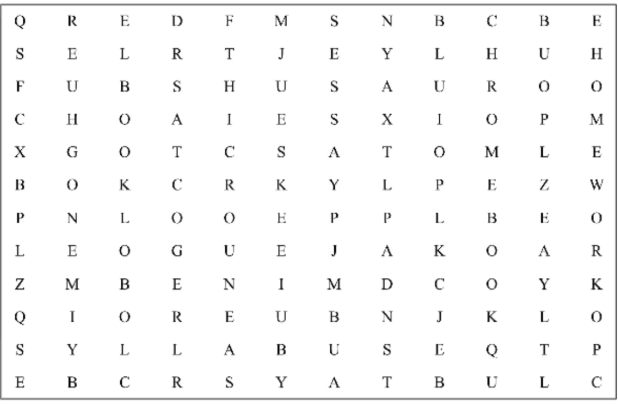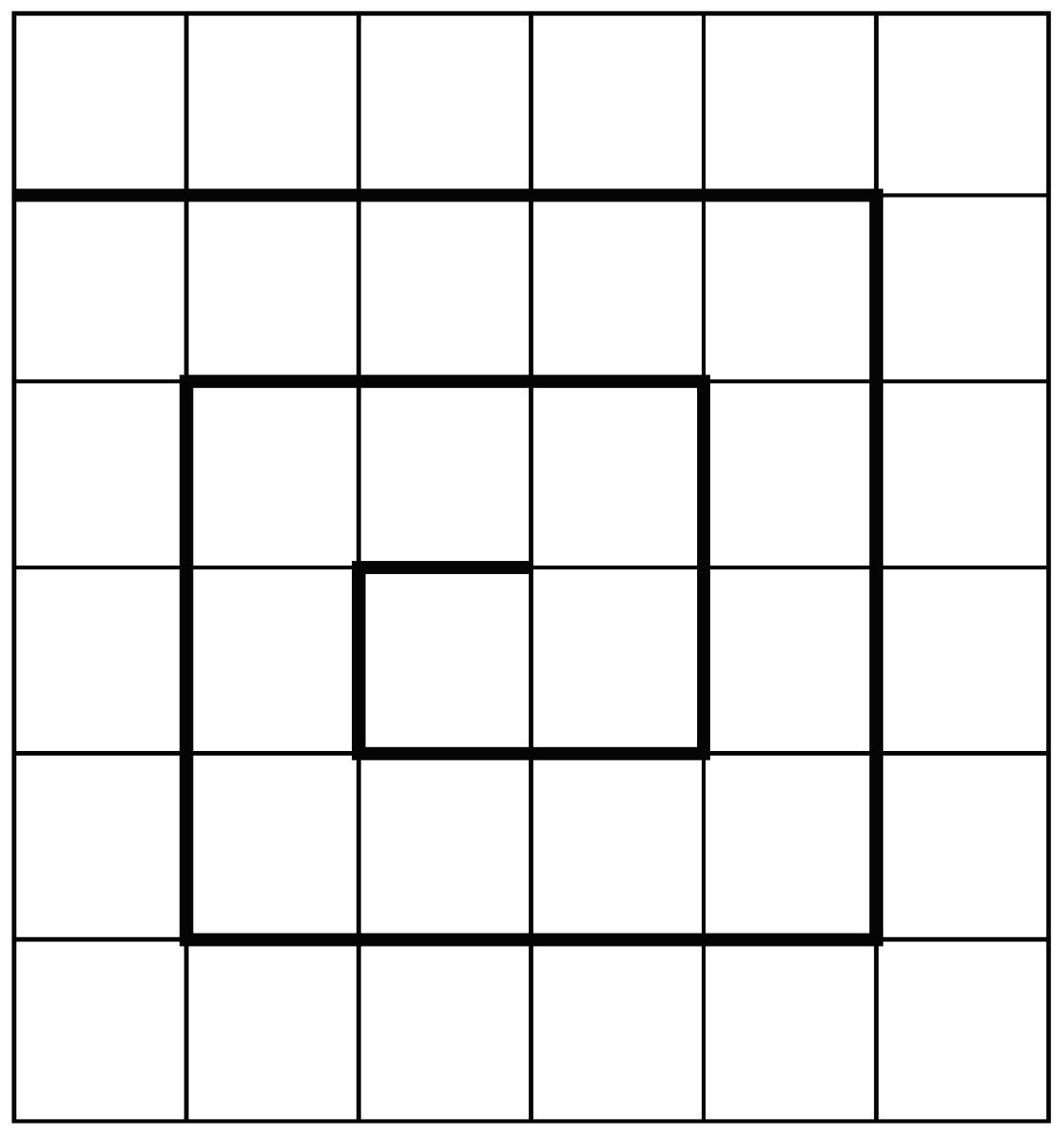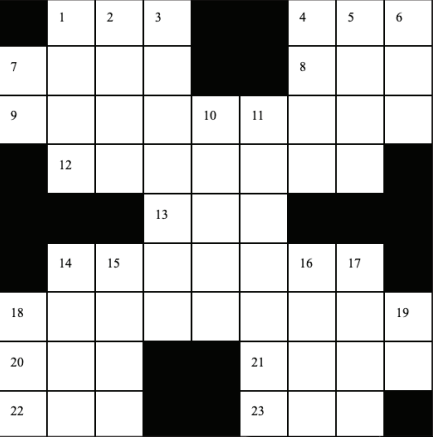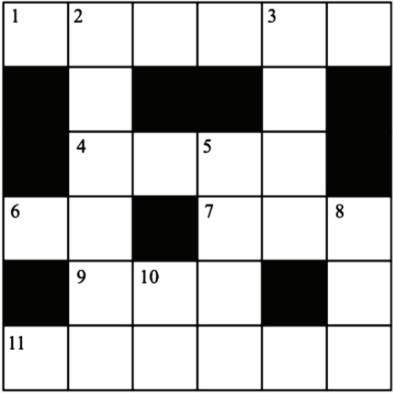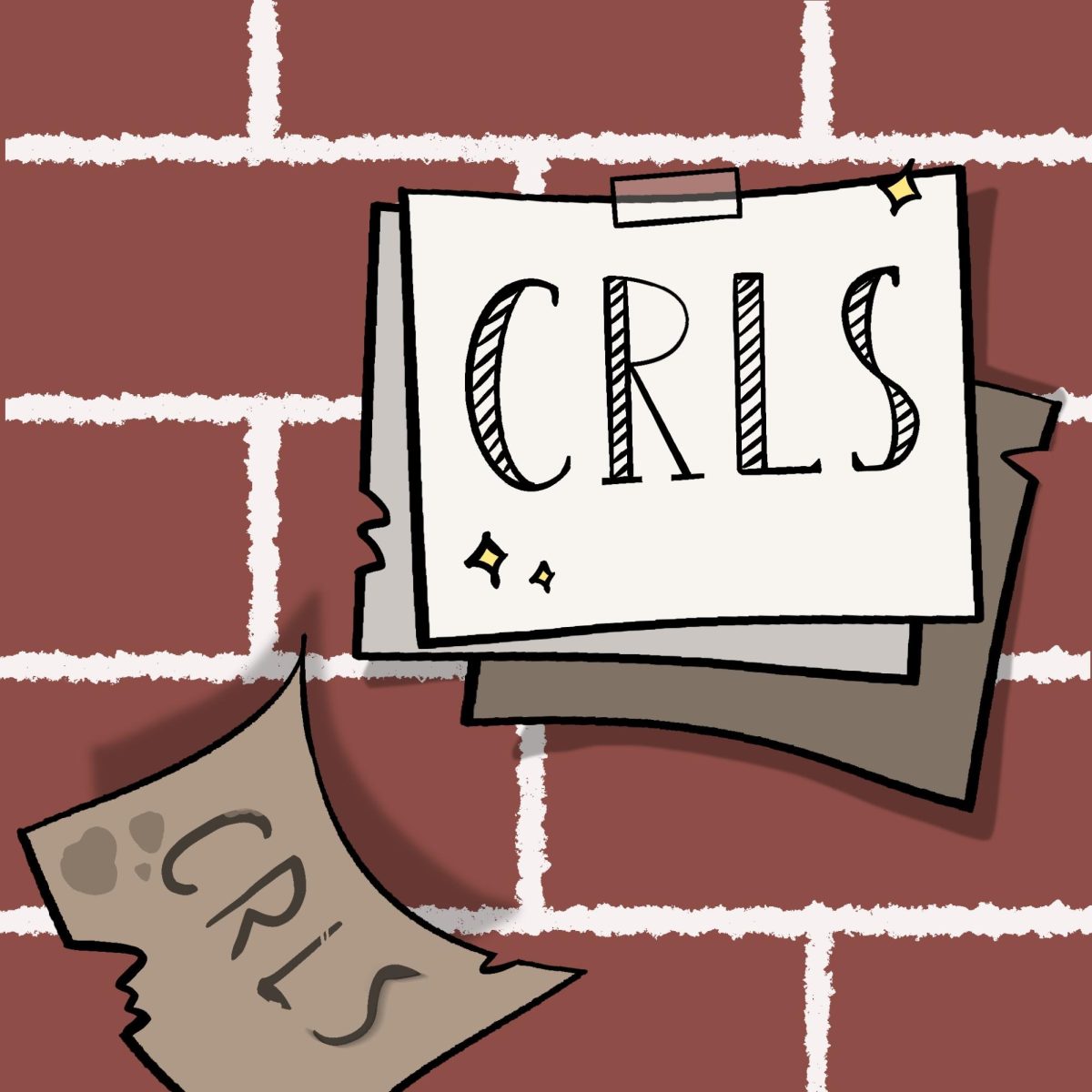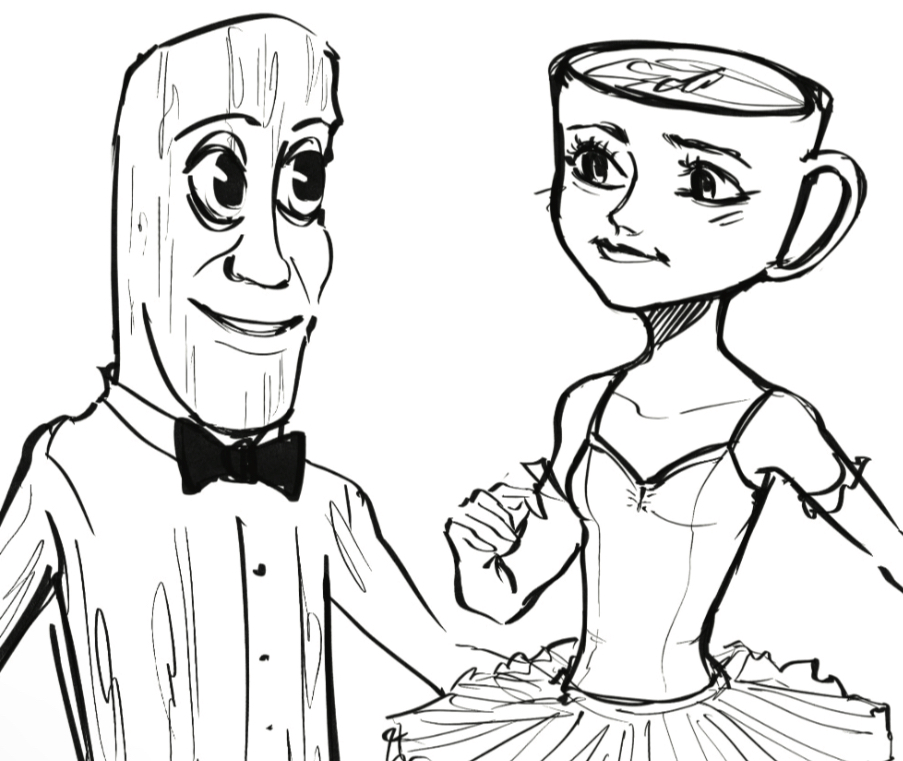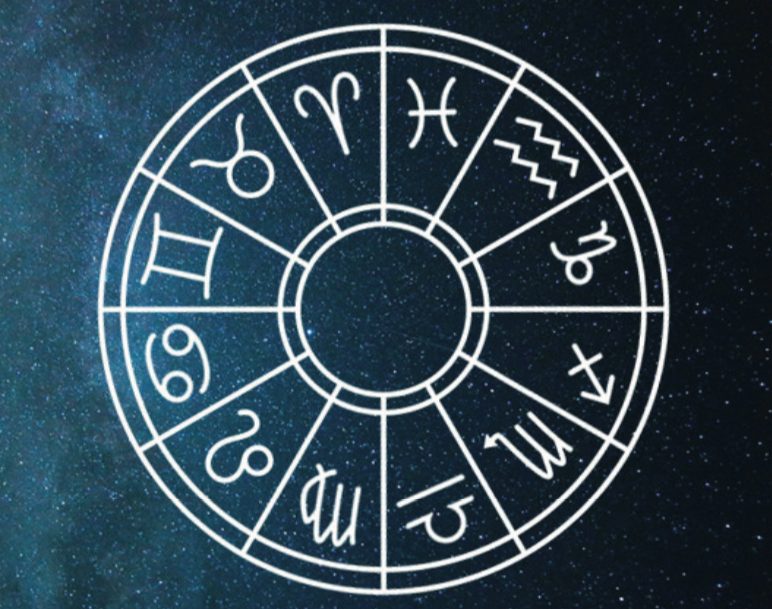Nothing inspires connections between people quite like communally screaming at 16 random words on a computer screen with no straightforward correlation. The friend who’s looking over your shoulder is just as stumped. There is an expectation that you will be the one to enlighten your CM [writers note: these seniors will not be calling it “Falcon Block”] and achieve the only personal validation that really matters: four groups of four. Despite the fact that sequels tend to suck, the sixth release in the New York Times games section, Connections, was a positive addition (unlike the many Hollywood blockbuster sequels that no one asks for nor watches).
If you are unfamiliar with the game, this is the section you pay attention to. The New York Times provides a daily four-by-four grid (for you humanities people that’s sixteen words total), and the goal is to find four groups of four words that fall under a common category, even something as minute as specific spelling. They range from more obvious groupings, categorized as yellow, to more difficult ones, categorized as purple. You get four mistakes, which may be somewhat difficult considering that’s only a fraction of the second chances you are accustomed to giving people. Fortunately, if you don’t make it in the allotted tries, the groups you missed are revealed to you to prevent any further agony. Overall, Connections is a nice, mildly challenging word game (arguably a step up from the Mini, but not as hard as Spelling Bee). These writers have yet to interact with someone who disliked the game; even the Wordle fans approve (and that is high praise).
Connections is more than just a game. It’s a wholesome reflection of the CRLS population. Things you would never expect to go together do, simulating everyday life. Say you find a pairing you’re convinced works like no other—just like the real world, both words get a side piece in order to cement their perfection for each other. Its academic aspect is not to be underestimated either. It’s a somewhat justifiable form of procrastination—certainly more closely related to the English work you’re putting off than Google Solitaire, the snake that goes for the apple, or 2048. The analytical skills required could adequately prepare anyone for even the most meta MEAL paragraph.
While Connections is close to perfect as is, if it had to be improved, perhaps genre-specific versions could be added. Starting your day off in the pop culture section by connecting Spike Lee to the Clintons via a shared love of Martha’s Vineyard perfectly reflects the elitist vibes of our cherished New York Times. However, the addition of Connections leaves behind an ethical ponder: is it too soon to question the monthly subscribers who blissfully swipe straight to the games section? Could Connections be considered a gateway drug to the tireless on-the-ground investigation of the New York Times’ mildly propaganda-influenced independent journalism? All questions aside, go try this game. With all those delusions you’ve been conjuring, I’m sure you won’t mind connecting a few more unrelated dots!
This article also appears in our November 2023 print edition.

